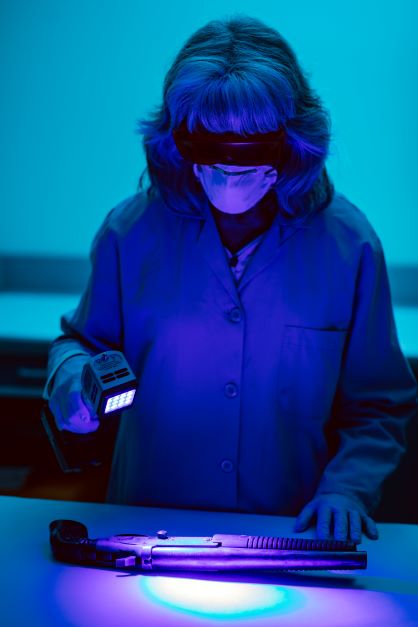
ABOUT US
The Latent Print Section provides support to any criminal investigation in which forensic latent print evidence has been collected from the state’s crime scenes. Whether an officer chooses to submit evidence for laboratory processing or submit the latent prints he or she developed at the scene for analyses, the Latent Print Section provides a fully trained staff of latent print examiners employing a wide array of physical, chemical, and electronic processing techniques to develop and preserve latent prints and the skill to analyze and compare the latent prints that have been developed.
Among the numerous powders, chemicals, and viewing devices the section employs, arguably, the most important piece of equipment the examiners of the section have at their disposal is the Automated Fingerprint Identification System or AFIS. Using AFIS, the examiners can search qualifying latent prints through both the West Virginia and FBI fingerprint and palm print databases. Even if the search of the latent proves negative, the latent print can remain in the system to be continually searched against all incoming finger and palm prints in the two databases.
In addition to the examination of latent prints, the Latent Print Section provides support to the Office of the Chief Medical Examiner in postmortem identification, as well as standard fingerprint comparisons for a variety of investigative and prosecutorial requests.
Educational Requirements
The minimum requirements to work in the Latent Print Section are a bachelor's degree from a regionally accredited four-year college or university with a major in chemistry, biology, biochemistry, molecular biology, forensic sciences, natural sciences, or related field. On the job training of approximately two years will follow.
Back to Sections